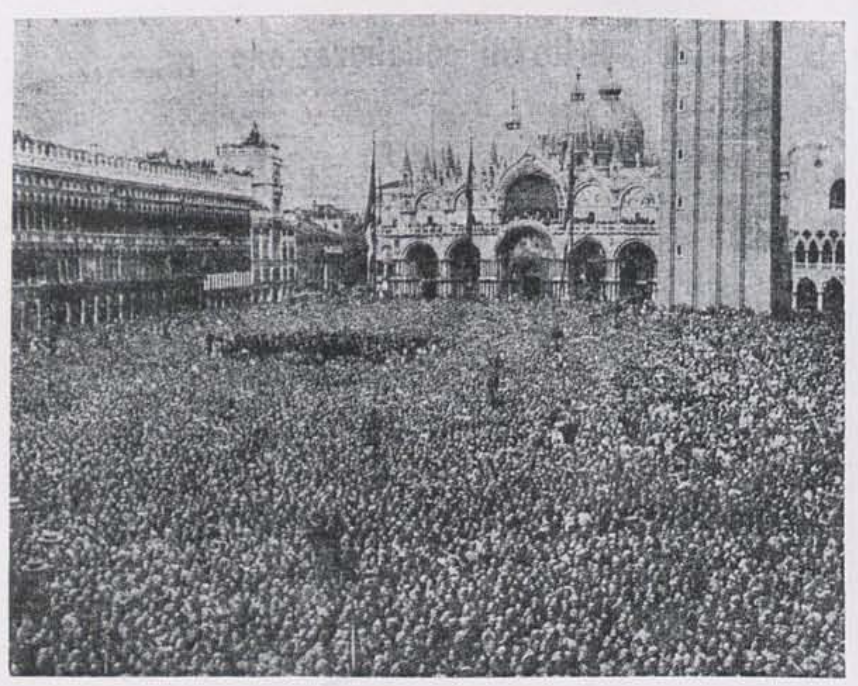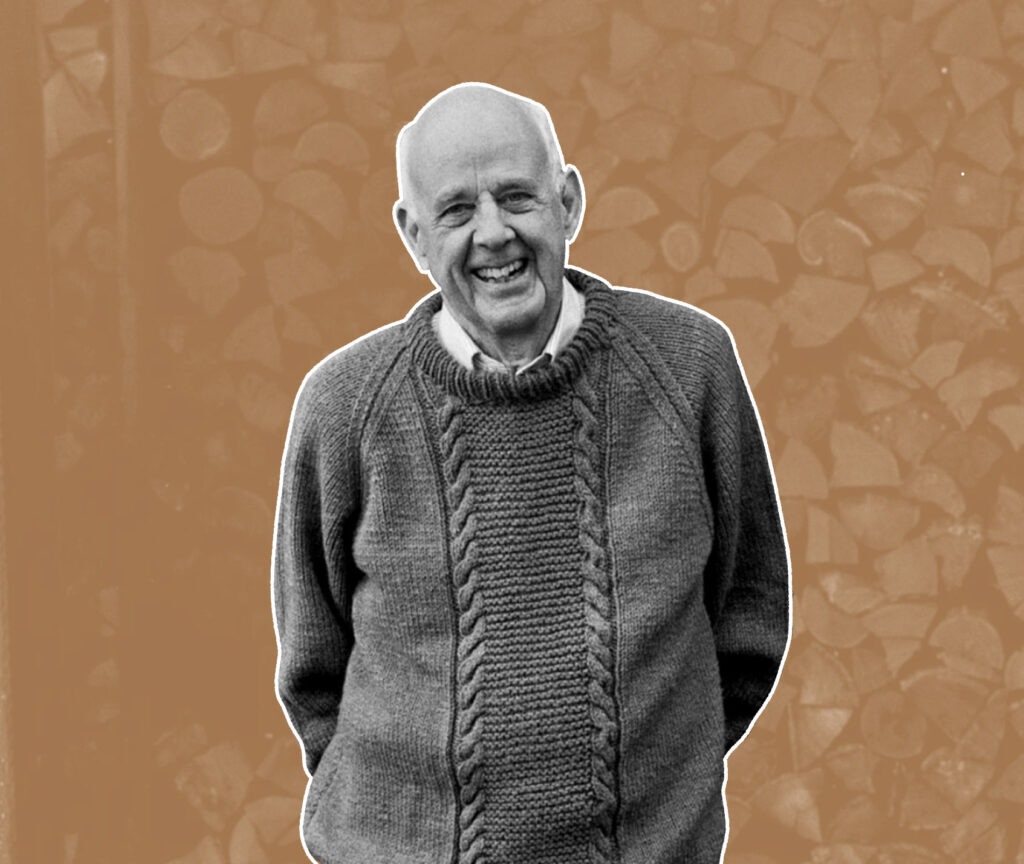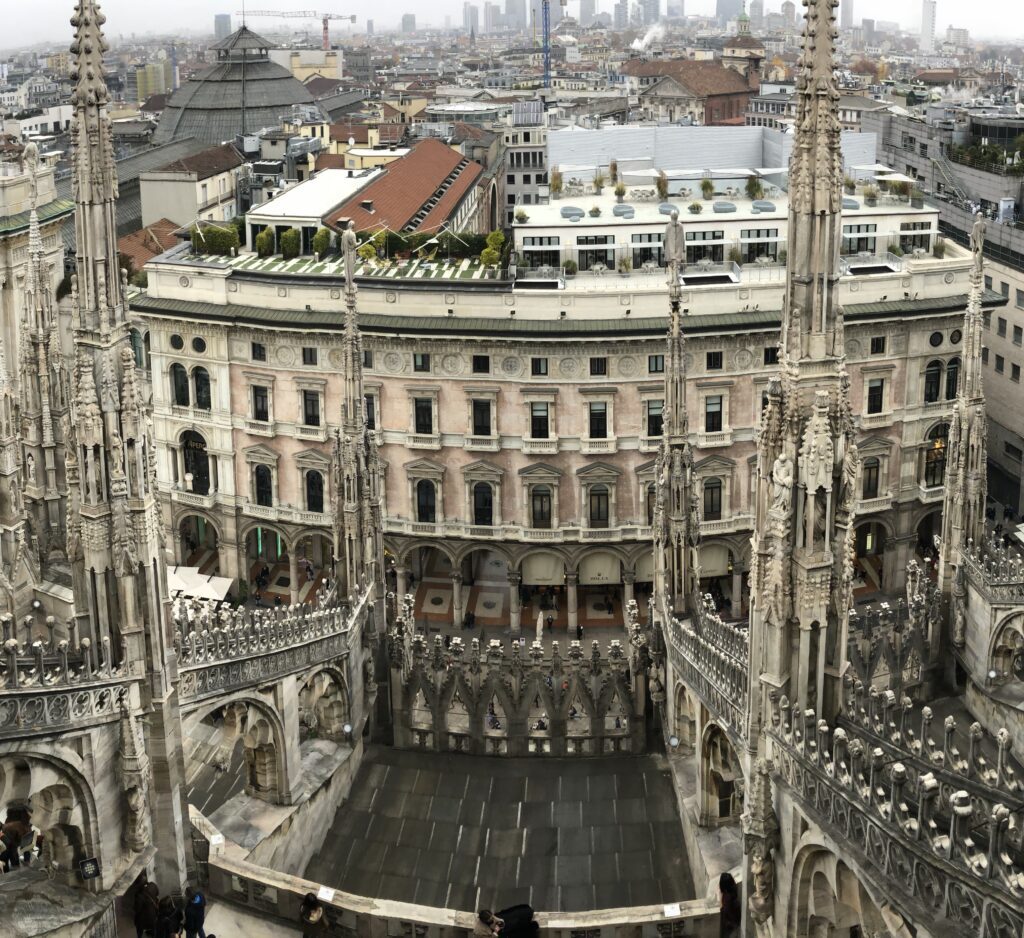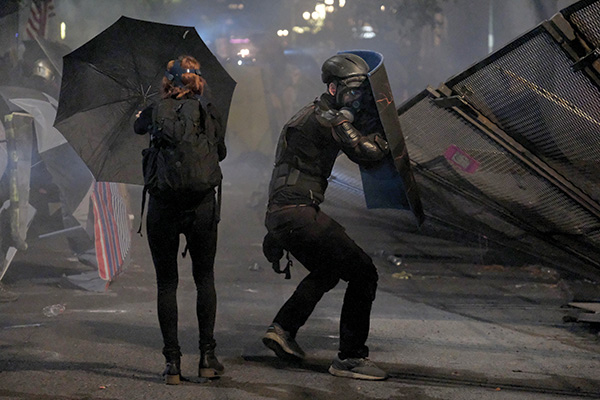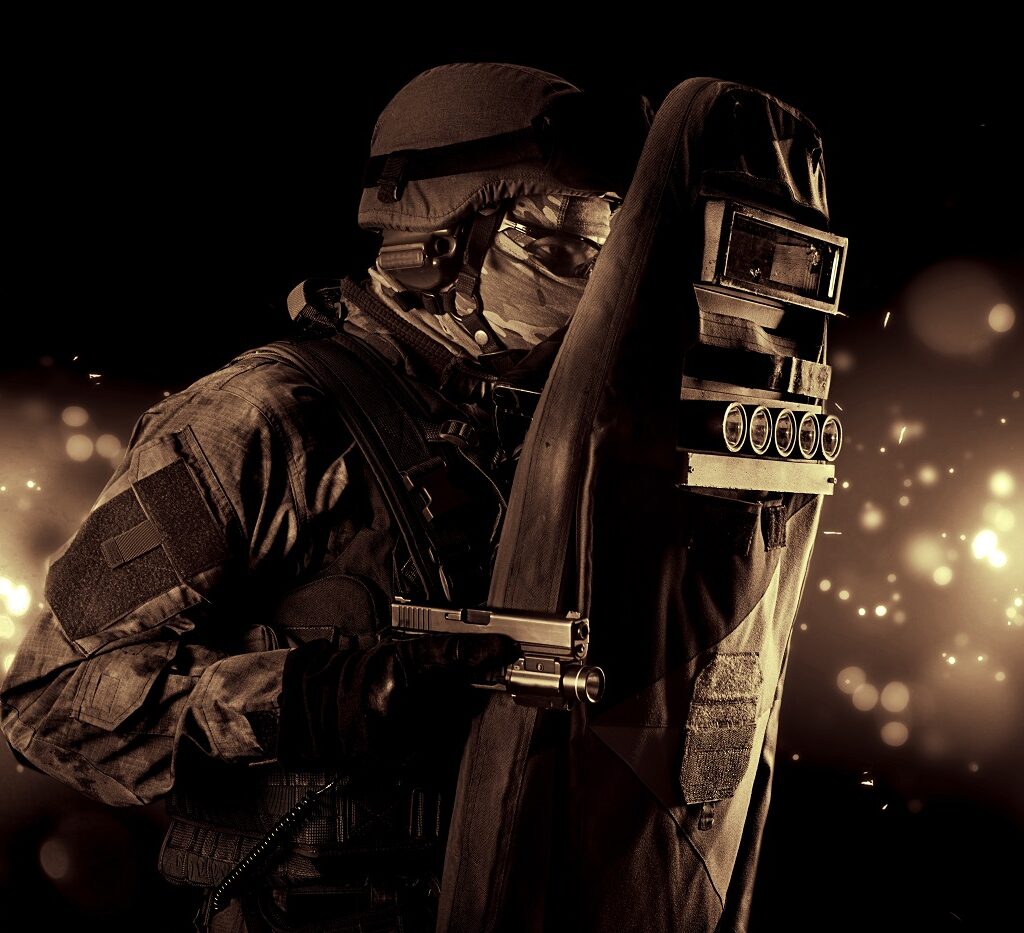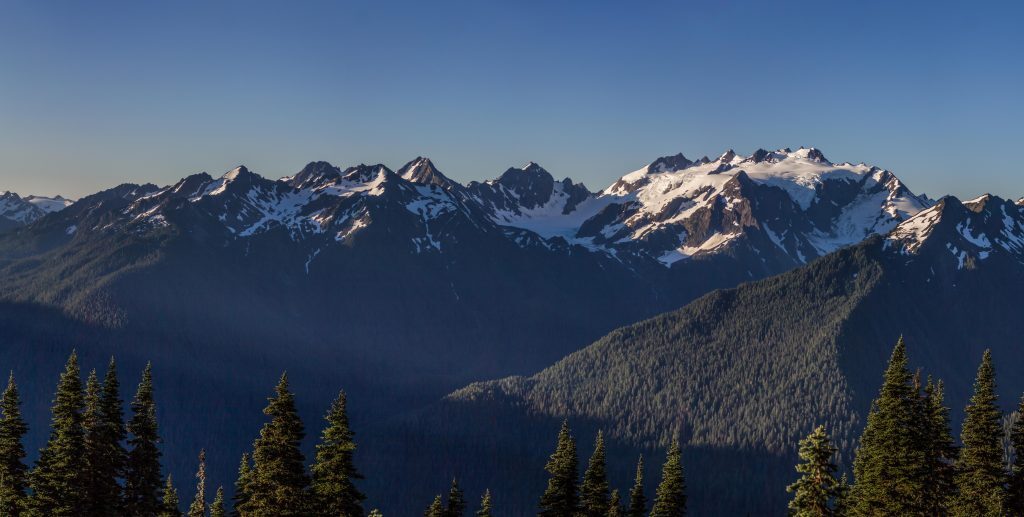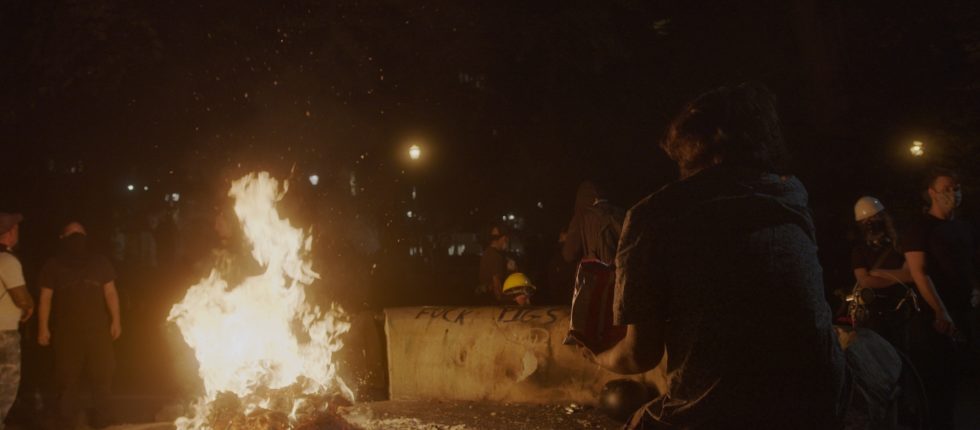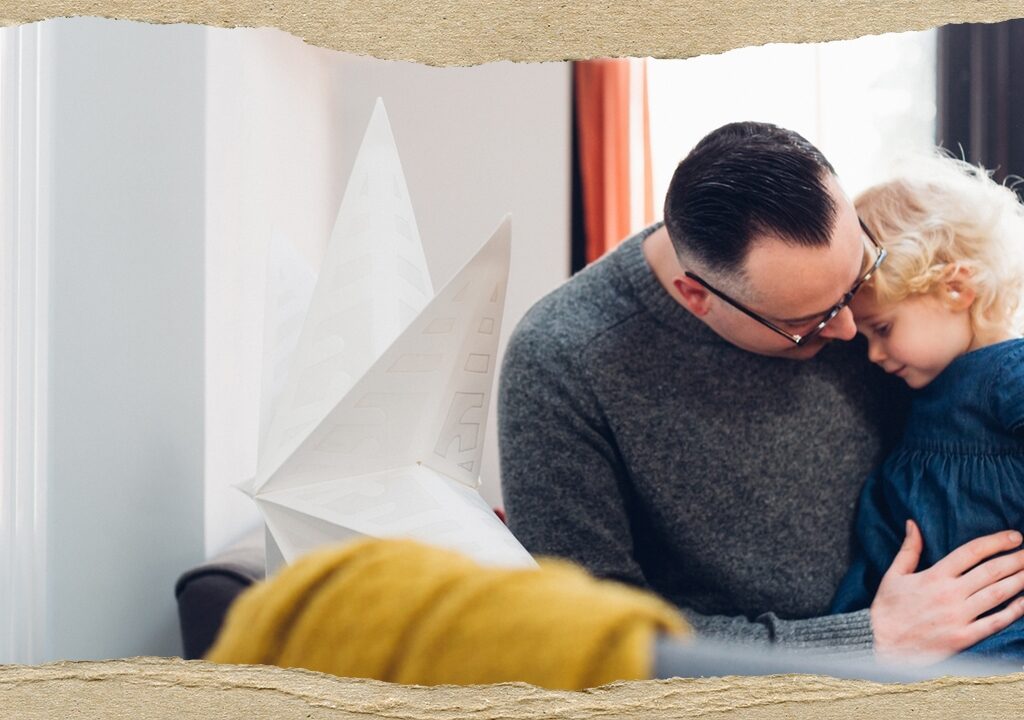Featured Articles
Le Corbusier’s influential vision of totalitarian architecture has never coexisted with organic human reality.
Published in The American Conservative
No single person — no elected official, designer, planner, architect or style-setter — has had a more profound effect on the built environment worldwide than the Swiss-French architect and city planner Le Corbusier. His buildings litter the covers of books and magazines on architecture. He fathered the concrete-based architectural movement of brutalism, and was one of the founders of architectural modernism; the “international style” of architecture is heavily indebted to him. But even more significantly, his ideas about cities have radically reshaped the places we live, especially those American cities built mostly after World War II. And yet most of us have never heard of him. While his many books and articles contain the musings of a visionary, they also provide alarming clues about why so many of the places we have built over the last hundred years are soul-crushing.
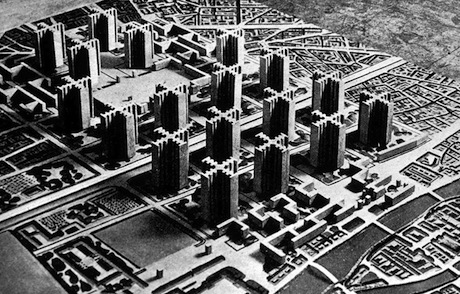
Published in First Things
“We shape our buildings and afterwards our buildings shape us.” With these famous words, Winston Churchill argued that the House of Commons, destroyed during the Blitz, should be rebuilt according to its original design. The rectangular design of the building, he claimed—in which the opposing sides had to sit facing each other, and changing “sides” meant literally getting up and changing sides—had shaped the British two-party parliamentary system. Abandoning this in favor of a semi-circular design would mean ushering in a different mode of government, even without any change to the law. Churchill’s opponents, whose proposed design reflected a different political theory, knew this.
Published in Grotto Network
Years ago when I was deciding what to study in college, one of the dominant thoughts was this: I want to make enough money that I never have to do my own yard work. I settled on mechanical engineering. And soon, instead of making money mowing lawns and pulling weeds as I had for most of high school, I was spending my summers sitting at a computer designing things. If that younger me could see my life now — instead of life as an engineer, I’m spending my time teaching science, keeping chickens, and looking forward to getting my hands dirty in the garden — he would be horrified.
Published in Veritas Journal
I arrived in Milan around midnight the Friday before Thanksgiving, and in my rush to get to my Airbnb (and thanks to my poor mastery of Italian) I took the right bus in the wrong direction, ending up several miles further from the city center. By the time I got into town, it was after one, and I hadn’t eaten. I wandered from one closed restaurant to the next, and eventually made my way to the mammoth Duomo di Milano, brightly lit against the night sky.
Debating Violence with Portland’s Antifa
Published in Plough Quarterly
The direct action at the Democrats’ building lasted less than ten minutes. The police were nowhere in sight. But as the group began to wind back toward the park, a number of officers arrived on bicycles. They followed for several blocks, then closed in in the middle of an intersection, arresting three men. Activists yelled at the police, asking why the men were being arrested. A moment later a man shouted, “Everyone scatter – let’s go!” “Be water,” said others, and the group dissolved into side streets.
Published at The Public Discourse
When I interviewed people at Portland’s protests, I found that they rarely hold the views they are attacked for. They are usually not filled with hate, as their opponents believe. However, they often consume one-sided media and are victims of confirmation bias. They believe they know what their adversaries support, and are ready to fight to oppose it.
This article appeared in the October print edition of America Magazine
Like almost every other child in the Catholic parish where I grew up in Portland, Ore., my siblings and I were home-schooled. Our parish had a robust home-schooling community that organized group classes, dances, camping trips and graduation ceremonies. When my siblings and I eventually switched to a Catholic school—and later some of my siblings went to public school—many members of our parish saw this as a mistake.
Published at Veritas Journal
In 1954, the Italian priest Luigi Giussani was teaching in a public high school in Milan. He saw that, while his students knew the “right answers” of the Catholic faith that was so much a part of Italian culture, it had nothing to do with their lives. He began meeting with some of these students to help them discover “the relevance of faith to daily life.”
Published at Breaking Ground
On a hot Tuesday evening in the end of June, I sat at the desk in my upstairs bedroom and discussed the current political situation with a couple of my former students over Zoom. The sounds of the neighborhood – crickets, car horns, and people chatting – drifted in through the open window next to me. Suddenly, an amplified voice joined the other sounds – “this has been deemed an unlawful disturbance. Disperse immediately.” – so loudly that I thought it was coming from the neighbor’s backyard. I closed the window, and we put the conversation on hold to find out what was going on.
Published at Grotto Network
I stepped in out of the warm June air and took a seat on the leather couch against the window in my local barbershop. Tyson, a dark-haired barber with a red hat, finished cutting the hair of a squirmy blond 6-year-old, then cleaned up, removed the cape, and motioned me over.
As he began cutting my hair, I asked him what brought him to Portland.
